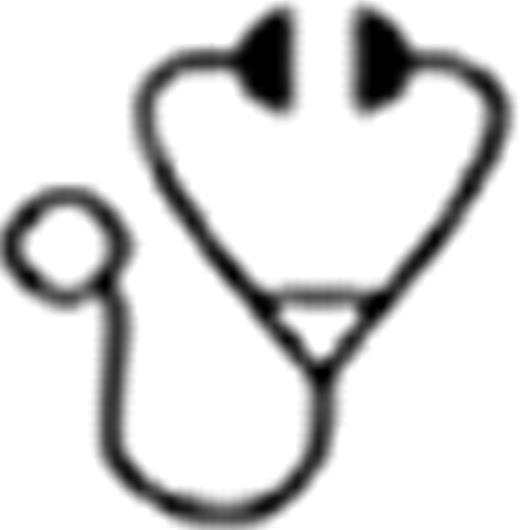Abstract
Hemophilia A is an X-linked recessive disorder that is caused by a deficiency or defect of factor VIII (fVIII) coagulant protein. Approximately 20–30% of patients with severe hemophilia A develop antibodies (Abs) against fVIII (inhibitors) following fVIII replacement therapy, which makes bleeding episodes more difficult to control. Patients with inhibitors are treated with fVIII-bypassing agents such as recombinant factor VIIa (rfVIIa) or activated prothrombin-complex concentrate. However for unknown reasons, some patients display poor hemostatic response to bypass therapy and improved treatment options are needed. Thrombin generation assays provide an in vitro methodology for monitoring bypass therapy in hemophilia (Turecek PL et al. Pathophysiol Haemost Thromb 2003; Varadi K et al. Haemophilia 2004). Recently, it was demonstrated by us and others that combination of fVIII and by-passing agents potentiates in vitro thrombin production in hemophilia A inhibitor plasma (Klintman J et al. Br J Haematol 2010). In our study we investigated the potentiation fVIII confers to fVIIa initiated in vitro thrombin generation using a panel of anti-fVIII Abs with known epitopes. We showed that kinetics of inhibition and Ab epitope were the dominant factors influencing ability of fVIII to potentiate in vitro thrombin production. Specifically, monoclonal Abs targeting only 2 of 11 epitopes, 1 of 3 non-overlapping A2 epitopes and 1 of 2 non-overlapping C2 epitopes, inhibited thrombin generation in a manner that could not be recovered by fVIII supplementation. Here, we analyzed in vitro thrombin generation in epitope-mapped plasmas from 10 patients with hemophilia A and long-standing inhibitors after addition of fVIIa alone or in conjunction with fVIII. Methods: FVIII inhibitor plasmas from 10 patients with hemophilia A were obtained as part of an IRB approved study at the Emory Comprehensive Hemophilia Center. FVIII inhibitor titers and inhibitor kinetics were determined using a modified Bethesda assay. Samples were classified as having type II inhibitors if undiluted plasma resulted in incomplete inhibition of residual fVIII activity (Meeks SL et al. Blood 2007). Thrombin generation assays were carried out in the presence of 2.25 μg/ml recombinant fVIIa in the presence or absence of 1 U/ml recombinant full-length fVIII using reagents purchased from DiaPharma (West Chester, OH). The parameters analyzed include endogenous thrombin potential (area under thrombin generation curve), peak thrombin concentration, time to peak thrombin, lag time (time to 1/6th of peak thrombin) and index velocity (Vi-peak thrombin divided by time to peak minus lag time). Domain specific epitope mapping was carried out using direct ELISA and human/porcine domain hybrid fVIII proteins. Results: Domain mapping of the Abs in the plasmas identified 2 plasmas with predominantly anti-A2 Abs, 4 with predominantly anti-C2 Abs, 2 with both anti-A2 and anti-C2 Abs, and 2 with antibodies that were porcine fVIII cross-reactive (see Table). Plasmas with inhibitor titers less than 25 BU/ml were more responsive to fVIII supplementation with 6 of 7 having increased thrombin generation. Plasmas harboring even trace anti-A2 Abs were more resistant to increased thrombin generation with fVIII supplementation than plasmas with anti-C2 Abs alone. Conclusion: This study suggests a more favorable response to fVIII supplementation of rfVIIa may be predicted by the presence of anti-C2 Abs or inhibitory titers less than 25 BU/ml. In conjunction with our previous monoclonal Ab data, further mapping of epitopes within the fVIII A2 and C2 domains may help improve the ability to predict positive responses to fVIII supplementation of by-passing agents.
| Patient . | Inhibitor Titer (BU/ml) . | Domain . | FVIII Inhibitor . | Thrombin Generation (fVIII + fVIIa vs. fVIIa) . |
|---|---|---|---|---|
| 1 | 22 | A2 | Type II | Increased |
| 2 | 42 | A2 | Type II | Equal |
| 3 | 84 | C2, small A2 | Type I | Equal |
| 4 | 7 | C2 | Type I | Increased |
| 5 | 8 | C2 | Type II | Increased |
| 6 | 20 | C2 | Type I | Equal |
| 7 | 8 | C2 | Type I | Increased |
| 8 | 42 | C2, small A2 | Type I | Equal |
| 9 | 22 | Porcine cross-reactive | Type II | Increased |
| 10 | 5.2 | Porcine cross-reactive | Type I | Increased |
| Patient . | Inhibitor Titer (BU/ml) . | Domain . | FVIII Inhibitor . | Thrombin Generation (fVIII + fVIIa vs. fVIIa) . |
|---|---|---|---|---|
| 1 | 22 | A2 | Type II | Increased |
| 2 | 42 | A2 | Type II | Equal |
| 3 | 84 | C2, small A2 | Type I | Equal |
| 4 | 7 | C2 | Type I | Increased |
| 5 | 8 | C2 | Type II | Increased |
| 6 | 20 | C2 | Type I | Equal |
| 7 | 8 | C2 | Type I | Increased |
| 8 | 42 | C2, small A2 | Type I | Equal |
| 9 | 22 | Porcine cross-reactive | Type II | Increased |
| 10 | 5.2 | Porcine cross-reactive | Type I | Increased |
No relevant conflicts of interest to declare.

This icon denotes a clinically relevant abstract
Author notes
Asterisk with author names denotes non-ASH members.

